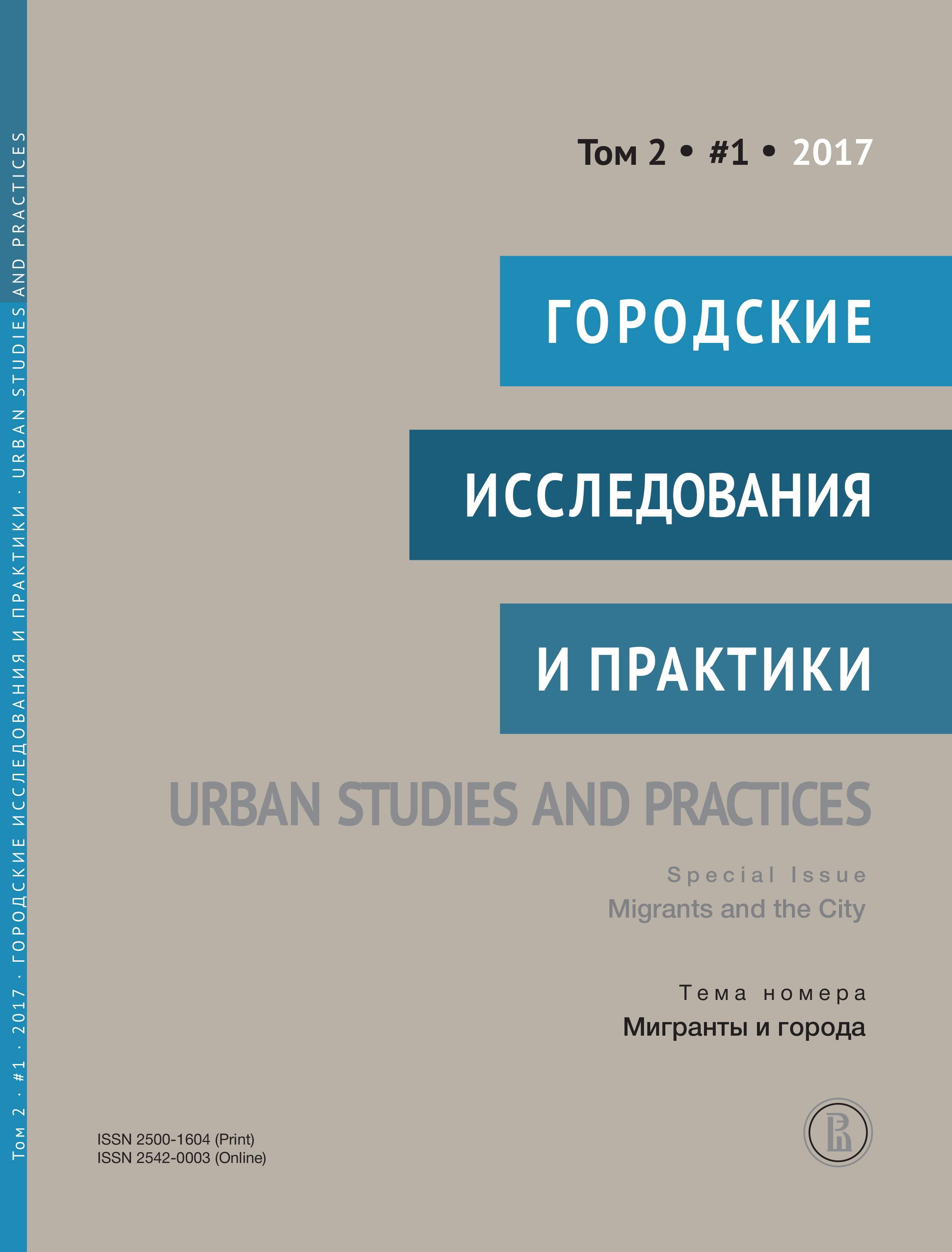Child-Rearing Practices of Russian-Speaking Women in Madrid
the Effects of the Neighborhood and Migration Specificity
Abstract
This article presents the results of a study on child-rearing practices of Russian-speaking migrant women living in Madrid, including the organization of children’s daily lives and the choice of educational and structured programs and institutions. The aim of the research is to study the influence of neighborhoods and the migration backgrounds of families on child-rearing practices. The empirical base of the research includes interviews with Russian-speaking parents, as well as teachers and organizers of Russian-structured programs for children, together with the data from fieldwork conducted during visits to these programs, meetings, and walks with parents and their children. The results of the research demonstrate that the institutional resources of the neighborhoods can determine the diversity and the choices of structured activities in which children are involved. Parents follow a number of strategies to overcome a limited availability of resources and unfavorable living conditions. The migration background of families indicated by the level of Spanish-language proficiency, shared ideas about the importance of the transfer of the mother tongue to children, and the orientation of the Russian-speaking community can mediate the influence of the neighborhoods on child-rearing practices.

